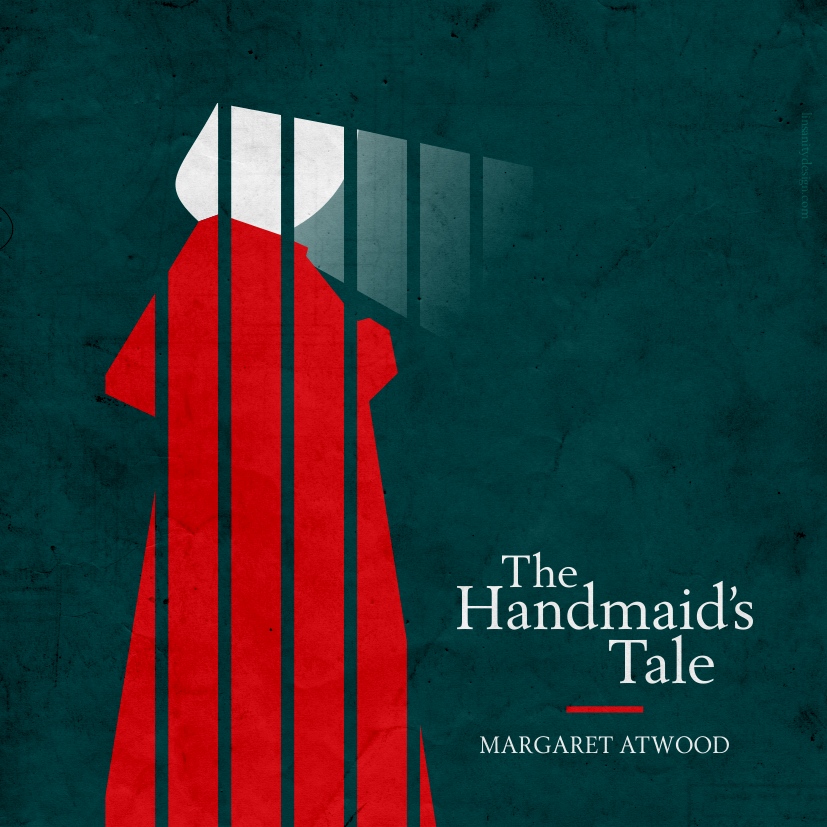Ph.D. student Sam Burnett has developed Collage, a tool that relies on user-generated content sites like Flickr to help citizens in countries oppressed by censorship communicate more openly.
The basic idea is to hide censored content in seemingly innocuous photos that are hosted on user-generated content sites like Flickr.
The landscape of internet censorship has changed drastically due to more refined and sophisticated censorship techniques. This has particularly been the case in China, over the last decade, where the infamous “Great Firewall of China” has been set up. He says this has been the impetus to a rise in techniques to try and circumvent internet censorship.
According to Feamster’s article, an infranet system can provide countries and companies with the capacity to work around censorship firewalls as it “uses a tunnel protocol that provides a covert communication channel between its clients and servers, modulated over standard HTTP transactions that resemble innocuous web browsing.”
However, he feels that these web proxies are easily discovered by censors and lack robustness and deniability, which he defines as “the users of the system must be able to deny that they were even using the system in the first place.”
This is where the new Collage tool comes in. Nick Feamster writes:
“Based on these observations, we designed Collage, which allows users to hide messages in photos that they post to user-generated content sites like Flickr and Twitter. The tool allows message senders to hide messages in photos and tweets and upload them to respective user-generated content sites. Its design has several advantages. First, it does not require users to set up fixed infrastructure (e.g., Web servers). Second, it uses erasure coding to “spread” any single message across multiple drop sites, making the system more robust to blocking than a proxy-based system. Collage appeared at USENIX Security Symposium last Friday (paper here) and has appeared in the press recently. Time will tell whether this tool sees more widespread adoption.”
You can read the full paper here.




